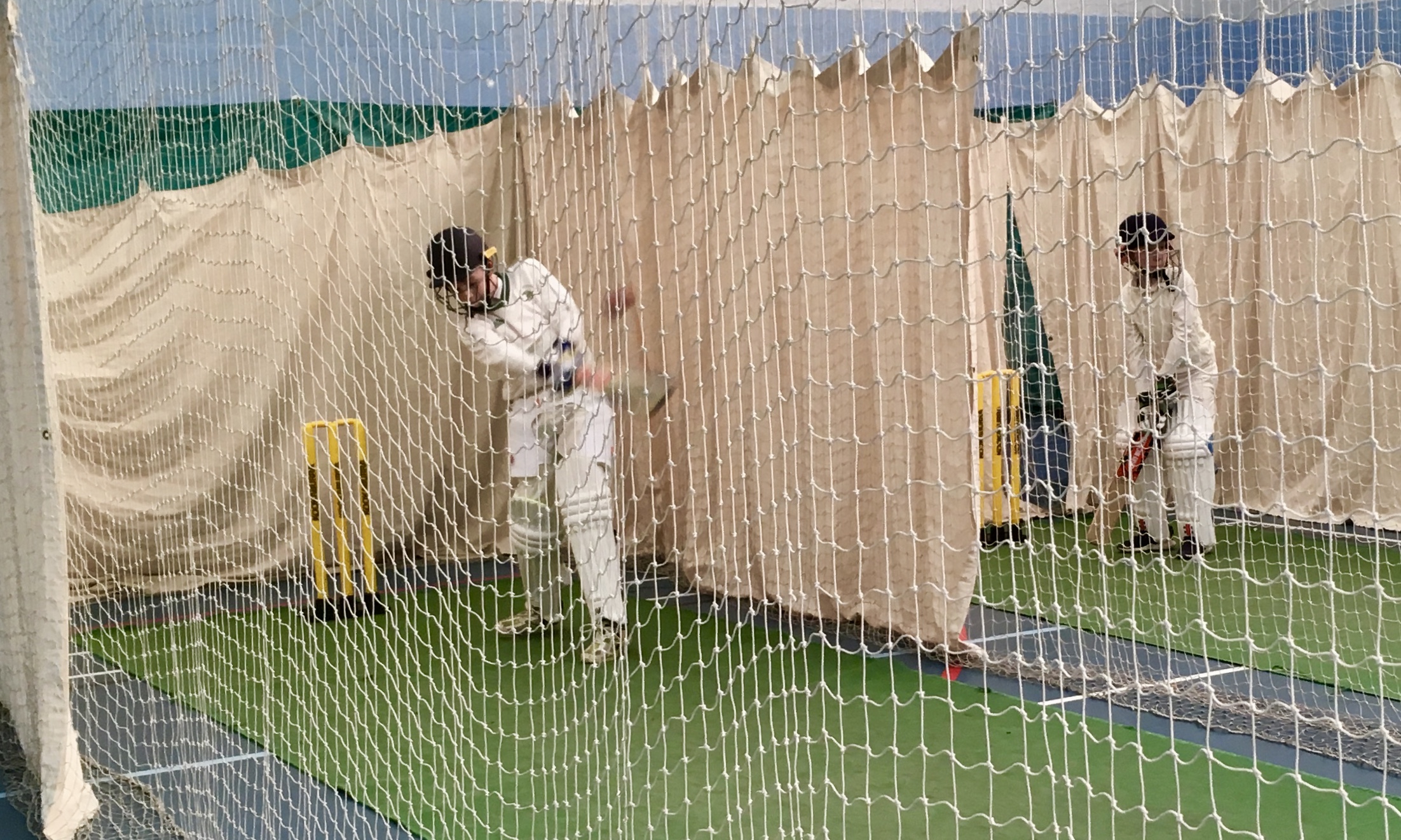If there’s one thing that frustrates me about cricket coaching it’s watching bowlers bowl any old delivery to batsmen who play any old shot over and over again. And yet when I visit a driving range to practise my golf swing I find the same fallacy tempting me: the idea that mechanically hitting balls without any real purpose will somehow improve my game at the weekend.
Why do we allow it as players, and why do we make our players endure it when we coach?
The supposed benefits of net practice and the driving range
The supposed benefits of net batting practise and hitting balls on the driving range are deeply engrained received wisdom. The idea is that through repeating the same moves over and over again, focusing on the little nuances of technique that will sweeten that cover drive or add distance to that seven-iron, we will develop a muscle memory that will see us in good stead.
There’s a certain logic to that. When you’re in the game itself you don’t want to succumb to “paralysis by analysis”. Focusing on a small physical movement is a well-known performance inhibitor.
It destroys rhythm, it creates unnecessary extra stress, it prevents the whole body working as a unit. Those are definitely not things you want to be doing in the game, when you want your muscles working holistically and unconsciously to produce the best movements for the task overall. So people aim to refine them in the nets and on the driving range. (And, in cricket, while I’m talking principally about batting practice here, the same applies in whole or part to bowling practice and wicket-keeping practice.)

The problem is that technique and muscle memory are only parts of being able to play the game. And, arguably, they are only small parts, at that. Our obsession with them limits players’ abilities to improve across all facets of the game – mental, physical and tactical as well as technical.
Decision-making plus execution equals sporting performance
All good sport is essentially about being able to make a decision under pressure and execute it. Without proper thought and consideration, nets and the driving range take two-thirds of that equation away.
Firstly, there is no decision to be made. In a cricket net, especially if you are facing a bowling machine, you generally know in advance exactly where the ball will land and how it will behave on pitching. If you are working on a particular shot, you know where the feeder or bowler is likely to pitch it.
In golf, you can pick and choose your target, which is not exactly the kind of decision I’m talking about. Decision-making in golf is far more strategic: should I go for the green or lay up? Can I risk taking on that bunker or should I play safe down the side? They’re the kind of decisions that golf forces you to make which aren’t replicated when you mindlessly beat balls on the driving range.

Secondly, there is no pressure. The consequences of a bad shot are minimal; it is entirely likely that the player will forget about it immediately and carry on as if nothing had happened. There are no fielders to catch them; there are no bunkers to trap them; there is no opponent waiting to capitalise on a mistake.
The limits of mindless net and range practice
I have seen players suffer as a result of mindlessly focusing on technique and “groove” at the expense of all other forms of practice. I’ve seen golfers scratching their head when confronted with a shot that doesn’t correspond to the last thousand balls they’ve hit on the range. I’ve watched good, representative-level cricketers struggle to find solutions to problems because the answer is not “hit a smooth cover-drive off a good length outside off-stump”.
And this is why I have heard net practice and the driving range likened to “playing basketball without a hoop”. Imagine it: you will derive a certain benefit to practising your shooting with no basket to aim at, or dribbling up and down without an objective at the end of the court (this post on basketball practice at home goes into more detail, if you’re interested). But as a basketball player that kind of practise will only get you so far.
It doesn’t have to be this way. I talked about ways to improve net practice in an earlier post on “The joy of nets”. And with imagination and purpose we can make driving-range practice more realistic to the game of golf.
So let’s not get suckered into playing basketball without a net. Let’s keep the hoop in our players’ hoop dreams. Purposeful practice is what will improve performance – in cricket, in golf, in sports in general.
